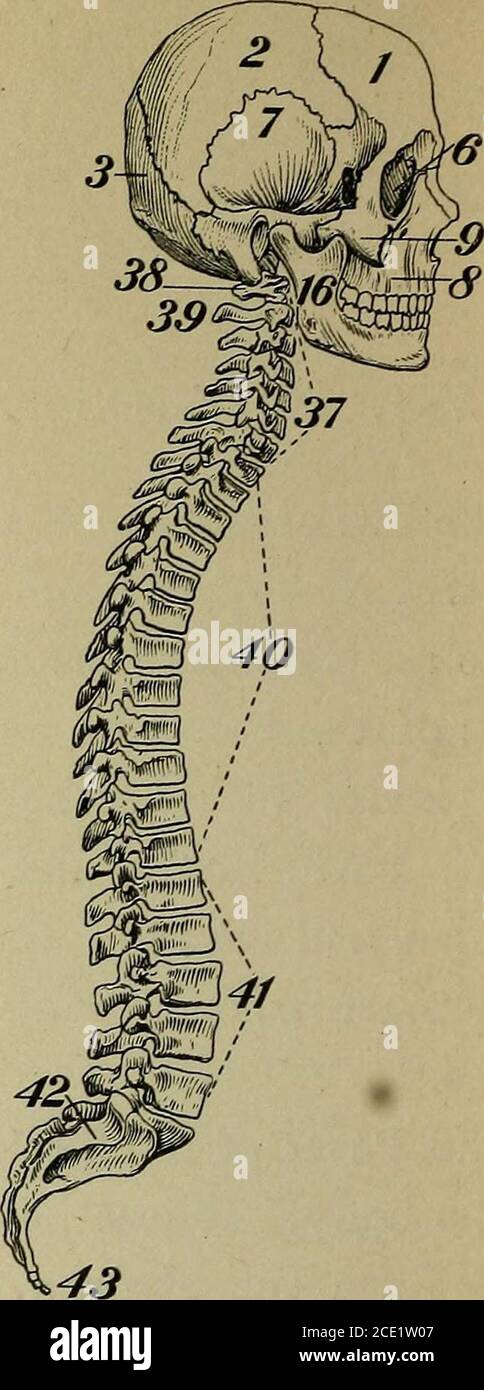

In chemistry, a liquid solution consists of a solvent that dissolves a substance called a solute. These are solutions, colloids, and suspensions.įor cells in the body to survive, they must be kept moist in a water-based liquid called a solution. There are three types of liquid mixtures, all of which contain water as a key component. The room air you breathe is a gaseous mixture, containing three discrete elements-nitrogen, oxygen, and argon-and one compound, carbon dioxide. The concept is easy to imagine if you think of powdery substances such as flour and sugar when you stir them together in a bowl, they obviously do not bond to form a new compound.

In other words, the constituent substances are not chemically bonded into a new, larger chemical compound. Organic compounds are covered later in the chapter.Ī mixture is a combination of two or more substances, each of which maintains its own chemical identity. The following section examines the three groups of inorganic compounds essential to life: water, salts, acids, and bases. You will soon discover how these two elements combine in the foods you eat, in the compounds that make up your body structure, and in the chemicals that fuel your functioning. Recall that carbon and hydrogen are the second and third most abundant elements in your body. Organic compounds are synthesized via covalent bonds within living organisms, including the human body. An organic compound, then, is a substance that contains both carbon and hydrogen.Carbon dioxide (CO 2) is one of the few examples. In contrast, only a handful of inorganic compounds contain carbon atoms. A great many inorganic compounds do contain hydrogen atoms, such as water (H 2O) and the hydrochloric acid (HCl) produced by your stomach. An inorganic compound is a substance that does not contain both carbon and hydrogen.In general, these compounds are either inorganic or organic. This section of the chapter narrows the focus to the chemistry of human life that is, the compounds important for the body’s structure and function.

The concepts you have learned so far in this chapter govern all forms of matter, and would work as a foundation for geology as well as biology. Discuss the role of buffers in helping the body maintain pH homeostasis.Distinguish between acids and bases, and explain their role in pH.Explain the role of salts in body functioning.Identify the properties of water that make it essential to life.Compare and contrast inorganic and organic compounds.Organs with Secondary Endocrine Functionsĭevelopment and Aging of the Endocrine Systemīy the end of this section, you will be able to: Muscles of the Pectoral Girdle and Upper LimbsĪppendicular Muscles of the Pelvic Girdle and Lower Limbsīasic Structure and Function of the Nervous SystemĬirculation and the Central Nervous Systemĭivisions of the Autonomic Nervous System Interactions of Skeletal Muscles, Their Fascicle Arrangement, and Their Lever SystemsĪxial Muscles of the Head, Neck, and BackĪxial Muscles of the Abdominal Wall and Thorax Nervous Tissue Mediates Perception and Responseĭiseases, Disorders, and Injuries of the Integumentary SystemĮxercise, Nutrition, Hormones, and Bone TissueĬalcium Homeostasis: Interactions of the Skeletal System and Other Organ SystemsĮmbryonic Development of the Axial Skeletonĭevelopment and Regeneration of Muscle Tissue Organic Compounds Essential to Human Functioning Inorganic Compounds Essential to Human Functioning Structural Organization of the Human BodyĮlements and Atoms: The Building Blocks of Matter


 0 kommentar(er)
0 kommentar(er)
